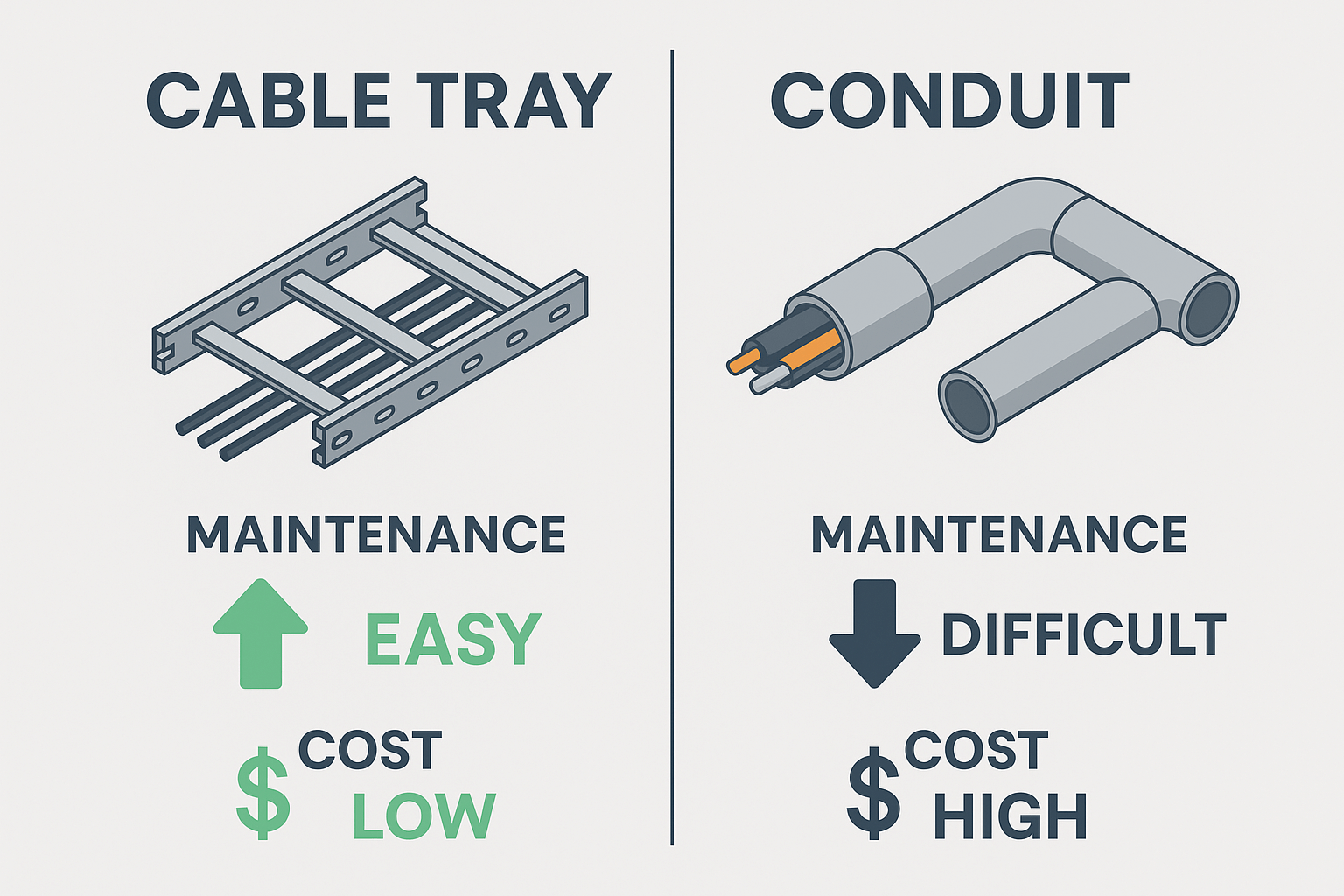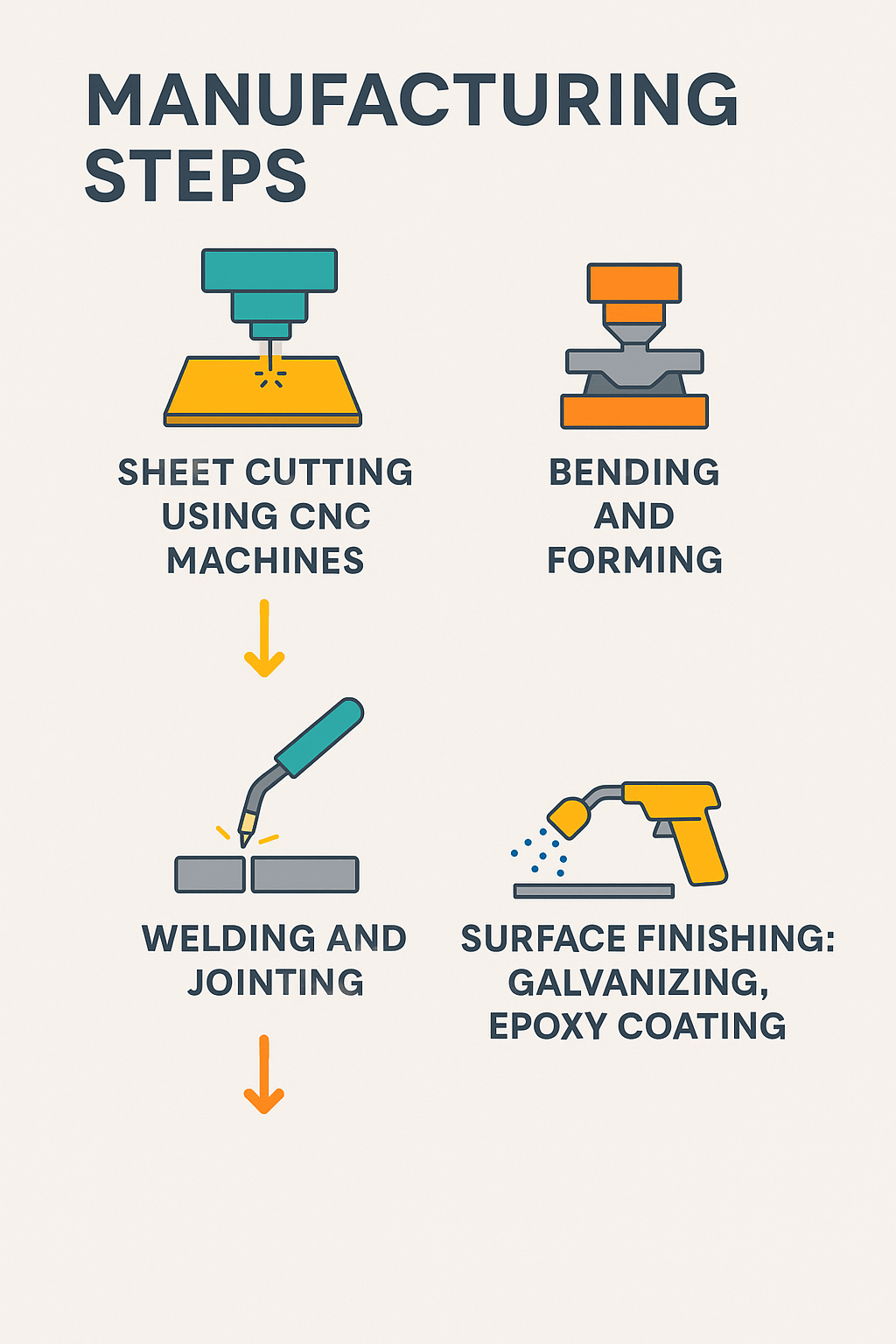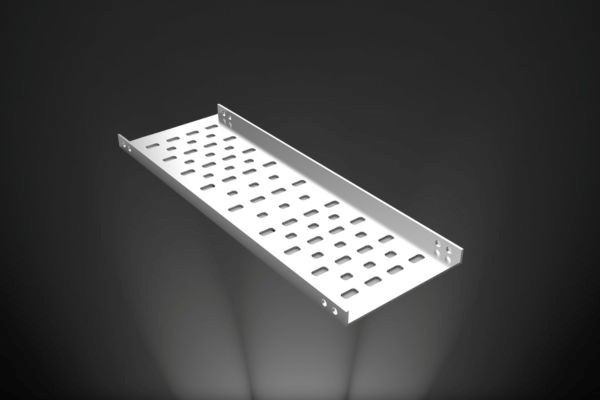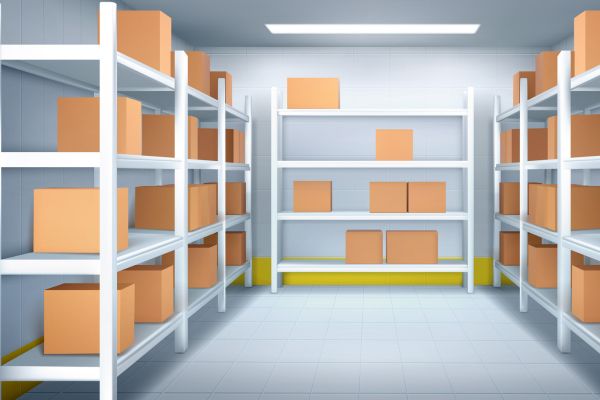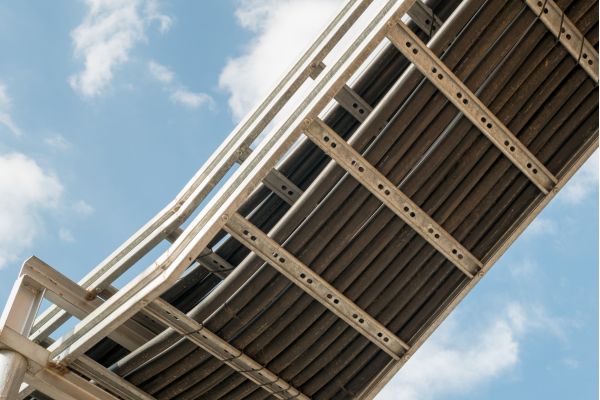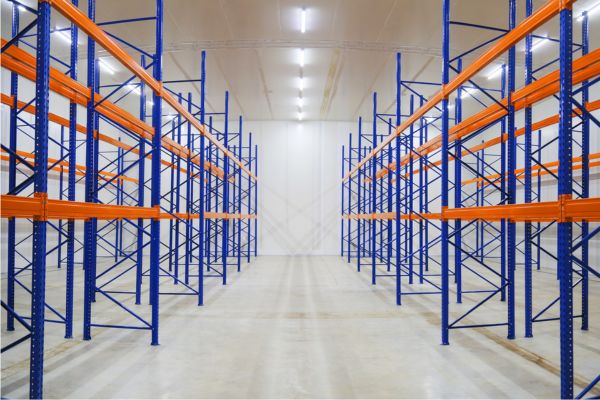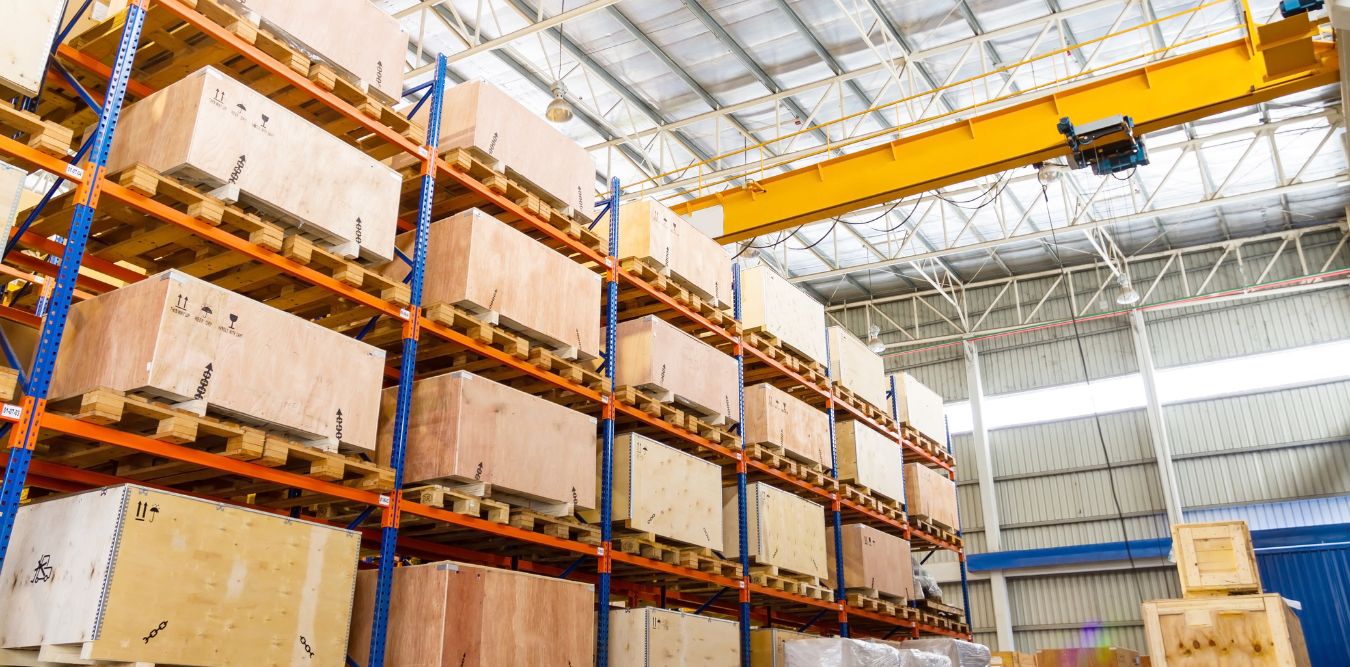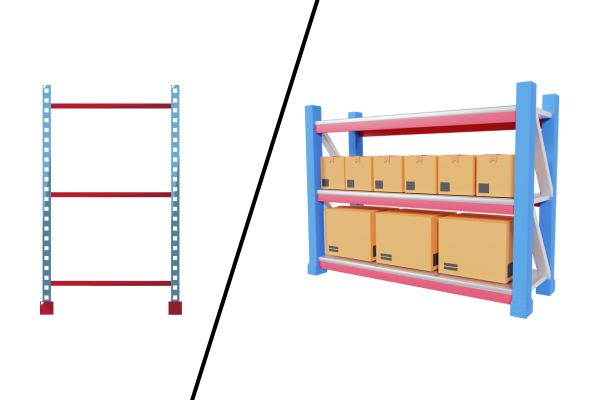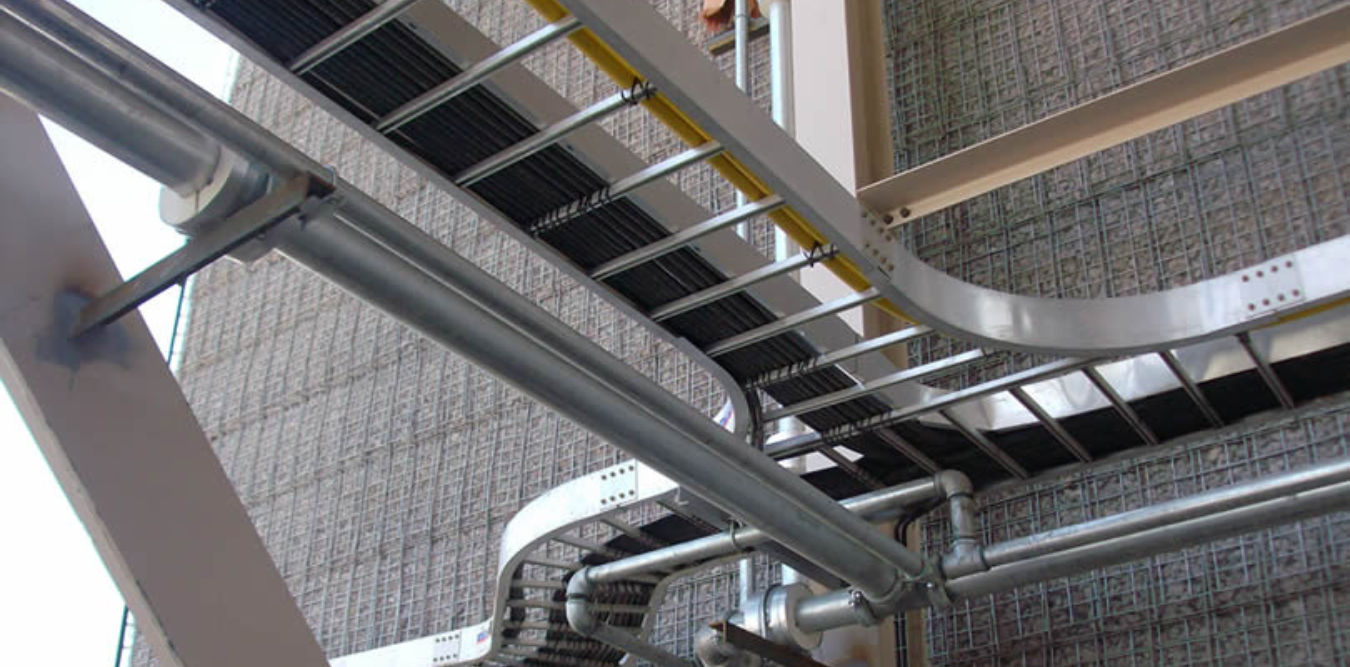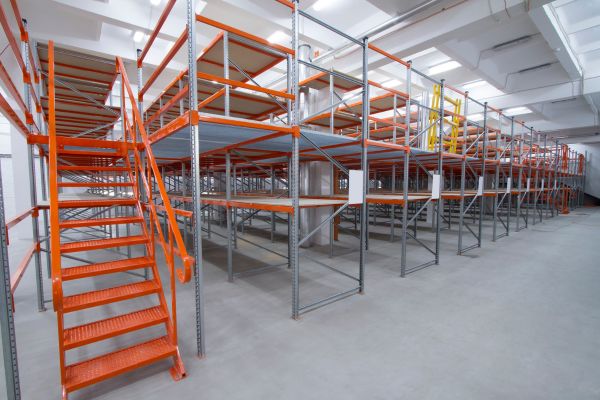Introduction
When it comes to warehouse and industrial storage, slotted angle racks are among the most versatile and cost-effective solutions.
Cable tray systems are critical to modern infrastructure, supporting and routing electrical wiring in commercial, industrial, and utility installations. With the rise of data centers, smart factories, and green buildings, the demand for efficient and scalable cable tray solutions has soared. This comprehensive guide explores the entire journey of cable tray manufacturing — from design to delivery — with insights from industry leaders, updated stats, case studies, and actionable tips to help buyers, engineers, and distributors make informed decisions.
Whether you're searching for cable tray manufacturers, cable tray manufacturers in Chennai, cable tray manufacturers in Bangalore, or a trusted cable ladder supplier, this guide will give you all the information you need.


